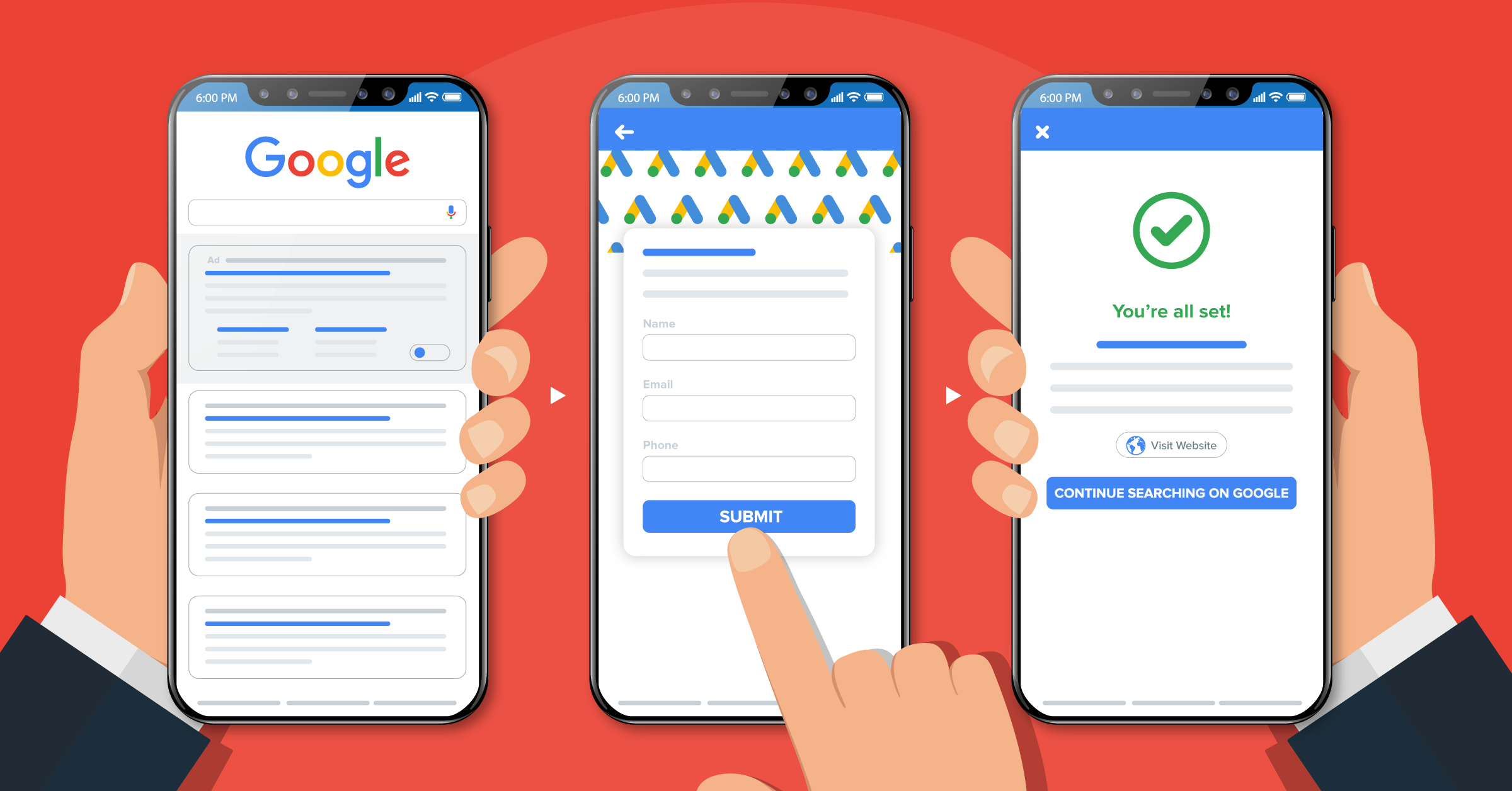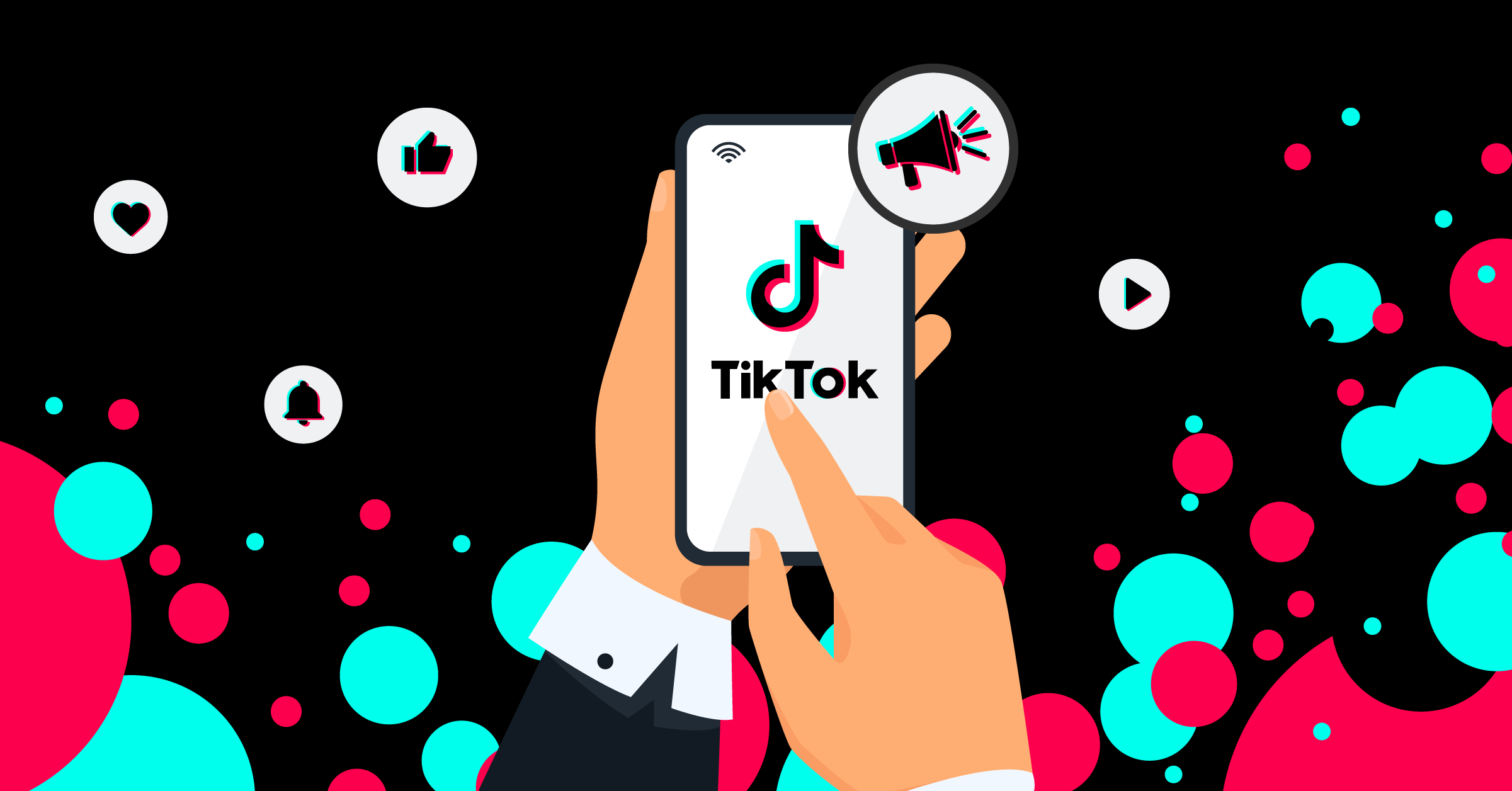
Wouldn’t it be nice to attract customers without having to promote your business directly?
While it’s true that you still may need to include paid advertising and other direct promotion strategies, it’s still possible to get leads to come to you organically.
Here, we’ll cover some of the most effective organic lead-generation strategies you can use today. That way, you can attract people already interested in your business.
What is organic lead generation?
Organic lead generation involves using marketing strategies that bring potential customers to you. The goal is to set things up to attract people actively looking for the products or services you offer.
As a result, you’ll have more high-quality leads that are more likely to convert than the prospects you reach out to.
The opposite of organic lead generation involves spending money on pay-per-click (PPC) ads, sponsored content, or other paid marketing channels.
On the other hand, organic lead generation uses search engine optimization, high-quality content, social media, webinars and events, and other strategies to attract leads. As Harry Kabadaian, Founder of Fancy Lab explains, organic lead generation is a broad-stroke approach, casting a wide net to capture potential customers.
This means your leads will find you by doing an online search about your product or service. Then, once they reach your website, they’ll enter their contact information.
From there, you can connect them with your sales team or bring them into an automated sales funnel.
6 organic lead generation strategies
Knowing and understanding your customers is one of the most important steps of organic lead generation for any digital marketing agency. Then, you can implement organic lead generation strategies that align with their needs.
So, as we walk you through how to generate organic leads, the first step we recommend is getting to know your audience.
1. Get to know your audience
If you don’t really understand what your audience needs, it’ll be difficult to create messaging and value propositions that resonate with them.
So, if you don’t already have buyer personas, create them so that you can visualize your audiences:
- Wants and needs
- Online behavior
- Demographics
- Pain points
- Interests
- Goals
Even though your buyer personas may depict fictional people, make sure you build them using valuable insights.
You can get this data from:
- Data from analytics software (i.e., website traffic, social media engagement, email campaigns, etc.)
- Customer service and social media interactions
- Industry research
- Online reviews
- Market trends
- Focus groups
- Interviews
- Surveys
Gathering data from multiple sources helps you determine customer pain points. But it’ll also help you uncover:
- What was missing in the solutions they tried
- What influences their purchase decisions
- Where do they get their information
- Where they hang out online
- The solutions they’ve tried
- Their buying behaviors
Use this information to create marketing content and offers that bring customers to you.
2. Write high-quality content
Consumers say search engines are the best way to get information. So, when your target audience is searching for information about your product, service, or industry, they want to read highly valuable information that answers some of their most pressing questions.
The takeaway? Create this type of content.
To determine what type of content to create, refer to your buyer personas. Consider the different social media platforms your audience uses the most. Identify trends in online and purchase behaviors.
Look at customer reviews of similar products and services and discover common complaints. This will help you understand your target audience’s pain points and the questions they want answers to.
Create content that caters to these needs. To effectively address their pain points, share content across various marketing platforms. Leverage an AI rewriter tool to generate diverse content formats and optimize it for specific channels. For example, Tailor Brands is a company that helps entrepreneurs and website owners design powerful branding.
To help its customers, Tailor Brands crafts informative articles that discuss relevant topics in its industry.
For example, one topic the brand covers is navigating the process of setting up Limited Liability Companies (LLCs) in various states.
These types of articles not only provide valuable insights into the benefits of establishing an LLC in a particular state, such as California, but they also subtly encourage readers to explore Tailor Brands’ services for their LLC formation needs.

Hims, a wellness brand targeting men, also does this to attract customers organically. Its articles focus on the sensitive topic of erectile dysfunction (ED).
In addition to introducing customers to convenient solutions for their ED concerns, the content is empathetic, informative, and non-judgmental. This creates a safe space for readers to seek knowledge and solutions.

YUPLAY, a site that caters to gamers, is another example of effective content marketing. Because it fully understands its audience, the brand has curated an array of PC games to satisfy diverse audience interests.

27% of businesses say that organic search generates the most leads. So, to make sure your content is visible to your target audience, optimize your website for search engines with a trusted Search engine optimization agency.
The most important elements of an effective SEO campaign are:
- Meta data optimization (e.g., title tags, meta descriptions, etc.)
- Website user experience
- Internal linking structure
- Mobile-friendliness
- Keyword research
- Page speed
- Backlinks
Pumpkin Care, a company that offers pet insurance, likely uses keyword research to determine what its target customer is looking for. Now, it ranks on the first page for the keyword, insurance for multiple pets.

1. Get to know your audience
Use this information to create marketing content and offers that bring customers to you. As you grow your customer database, it’s important to protect this data and prevent disruptions in lead generation activities. Implementing enterprise-level cloud data backup and recovery solutions will ensure stringent security standards, including encryption, access controls, and compliance certifications.
3. Drive sales enablement
As you learn how to generate leads organically, consider sales enablement. This process involves giving your sales team the resources they need to succeed.
These resources include training programs, specialized tools, and effective processes. As a result, they can share content that resonates with potential customers at different stages of the buyer’s journey.
Whether through blog posts, whitepapers, or educational videos, this content can provide valuable insights, answer common questions, and position your business as an authority in your industry.
The result? You can attract organic traffic through search engines and social media.
And your sales team can improve lead quality, which increases the likelihood of converting leads into customers.
4. Create a newsletter
An email newsletter is a great way to organically attract customers to your business. Here’s how it works:
- An interested prospect finds your company’s website through social media or a Google search.
- They scroll through your content to learn about your business and what you have to offer.
- Then, they come across your email newsletter form. They enter their name and email address to sign up.
- After signing up, they’ll receive regular marketing emails from you.
Newsletters work incredibly well as organic lead-generation strategies because they attract customers who are already interested. After all, people don’t sign up for things they’re not interested in.
When setting up an email newsletter, make sure it includes consistent, high-quality content that offers real value.
For example, StudioSuits, a brand known for its high-quality tuxedos for men, uses an exit-intent popup to capture email addresses for its newsletter.
When a user is about to leave the website, a form pops up, allowing them to join the mailing list. Those who sign up will receive exclusive offers and updates on new product launches. This method allows StudioSuits to generate and nurture leads organically.

The key is to ensure your emails don’t land in spam and to provide subscribers with content they genuinely want to read. Prospects who consume and enjoy your content grow more receptive to your offers and messaging.
Newsletters let you build relationships over time, turning subscribers into organic leads and loyal brand advocates.
5. Use a customer relationship management (CRM) system
A customer relationship management (CRM) platform is a tool that lets you store customer and prospect information, easily track all communications, and nurture relationships with leads.
When you unleash the full potential of your CRM, you can deliver the right marketing messages at the right time to the right people.
However, you’ll need a deep understanding of customer behavior and preferences, and this is where entity resolution becomes invaluable.
By unifying customer data across multiple touchpoints, you can ensure your organic marketing efforts get out there in front of the right people. These efforts will also be relevant and personalized, increasing the likelihood of conversion. Avoid lost leads and provide a positive customer experience by implementing call parking as part of your customer support strategy.
6. Automate organic lead generation
Even organic lead generation requires some setup and planning. But what if you could streamline this process through automation? You can.
LeadsBridge integrations can help automate both paid and organic lead generation. With our platform, you can bridge the gap between top advertising and marketing platforms. That way, you can seamlessly synchronize data for your marketing workflows.
Using our Lead Sync feature, you can connect advertising sources (like Facebook Lead Ads, TikTok lead generation, Google Ads lead form extensions, and LinkedIn Lead Gen Forms) with your CRM or email marketing platform.
That way, you can automatically send leads’ data to your lead management apps and follow up with your leads instantly.
We also offer integrations for popular form builders like LeadPages, Typeform and Instapage. You can connect and sync marketing tools with your favorite forms and surveys.
Final thoughts
When learning how to generate organic leads, knowing your audience is key. Once you get to know your potential customers, you can create messaging that brings them right to you.
When you implement these organic lead-generation strategies into your campaigns, you can attract people actively looking for the solutions you offer.
Pretty soon, you’ll be able to foster long-lasting relationships that lead to loyal customers who could eventually become brand advocates.
Discover LeadsBridge integrations for lead generation today!























